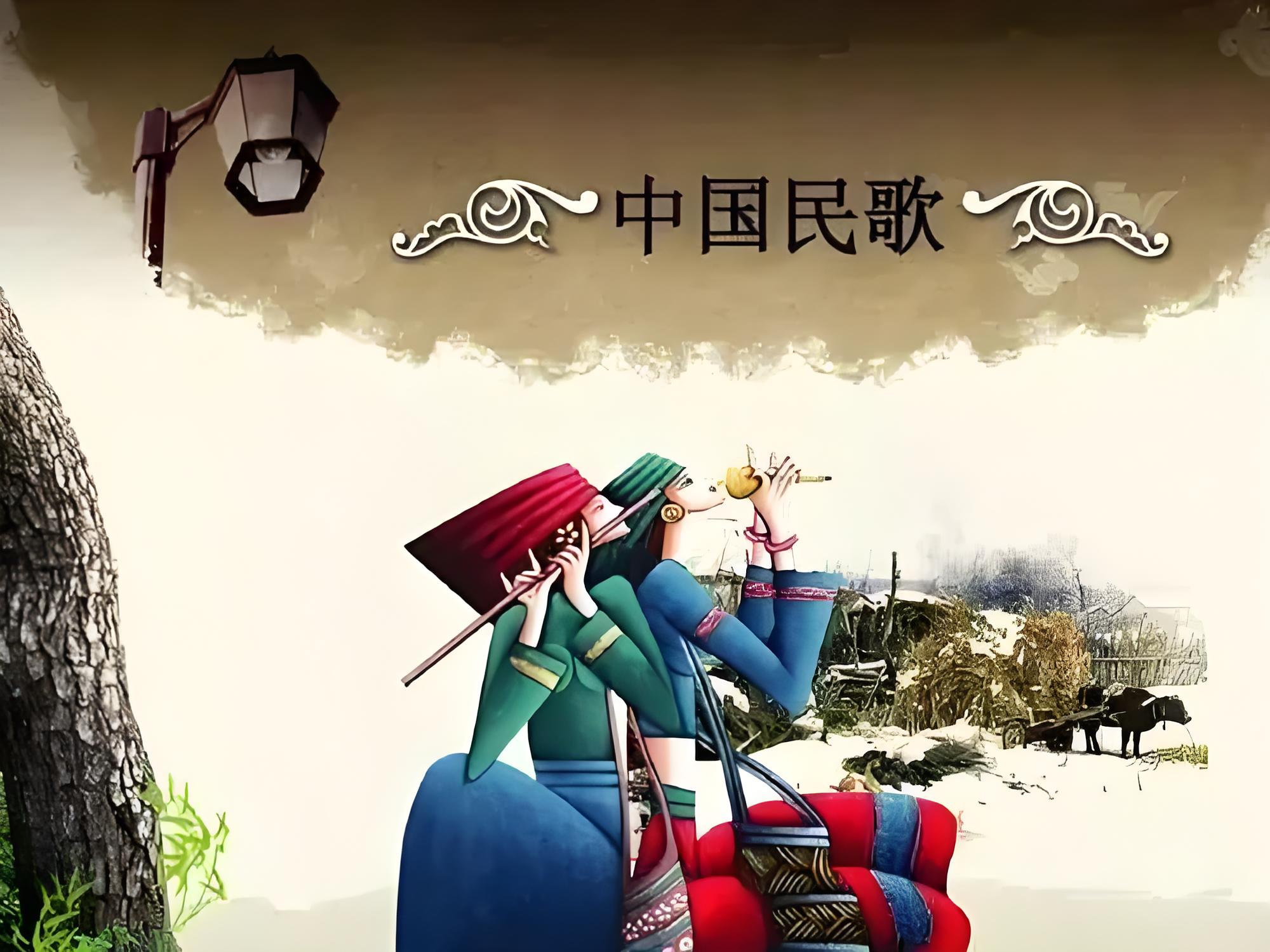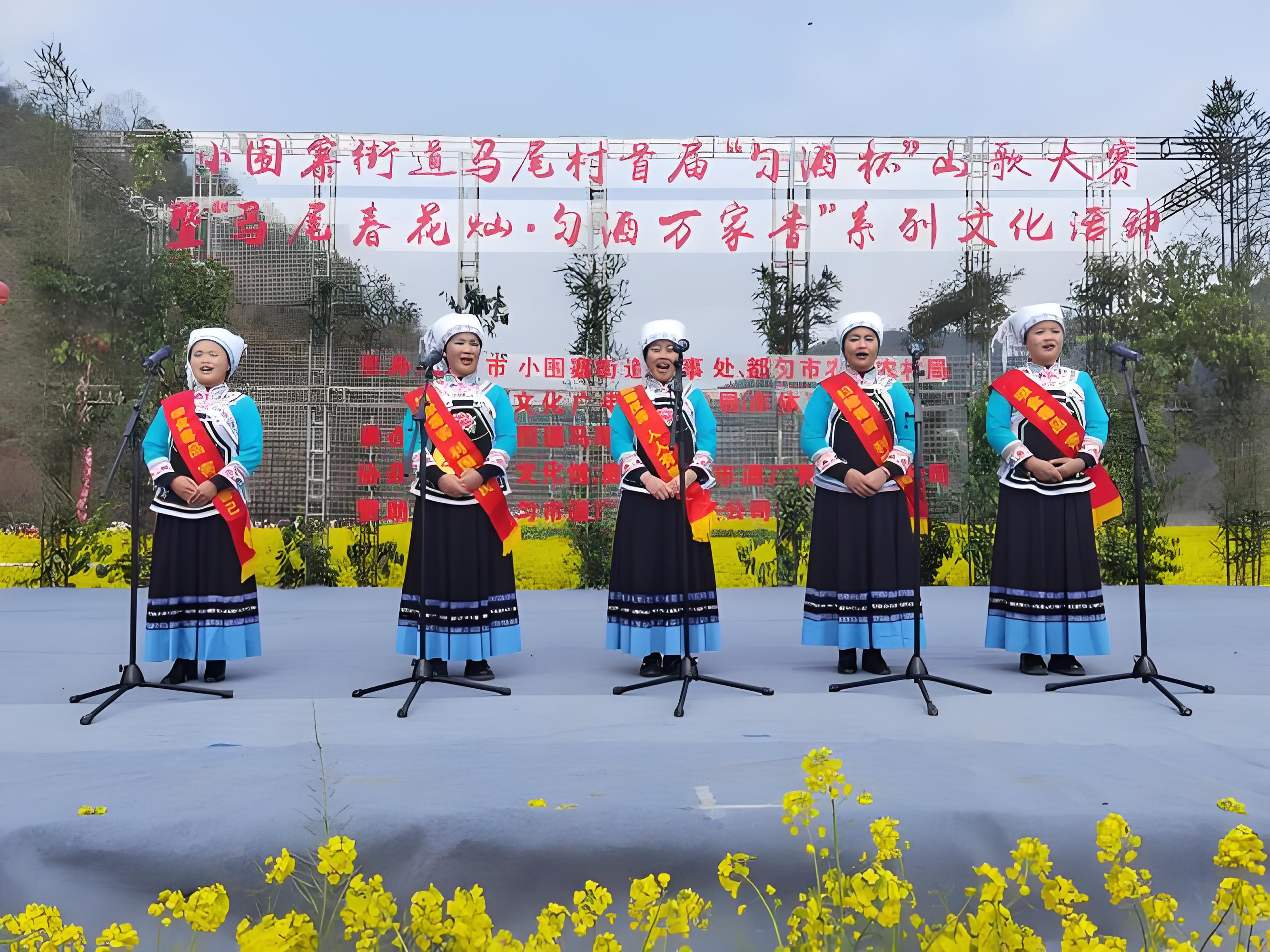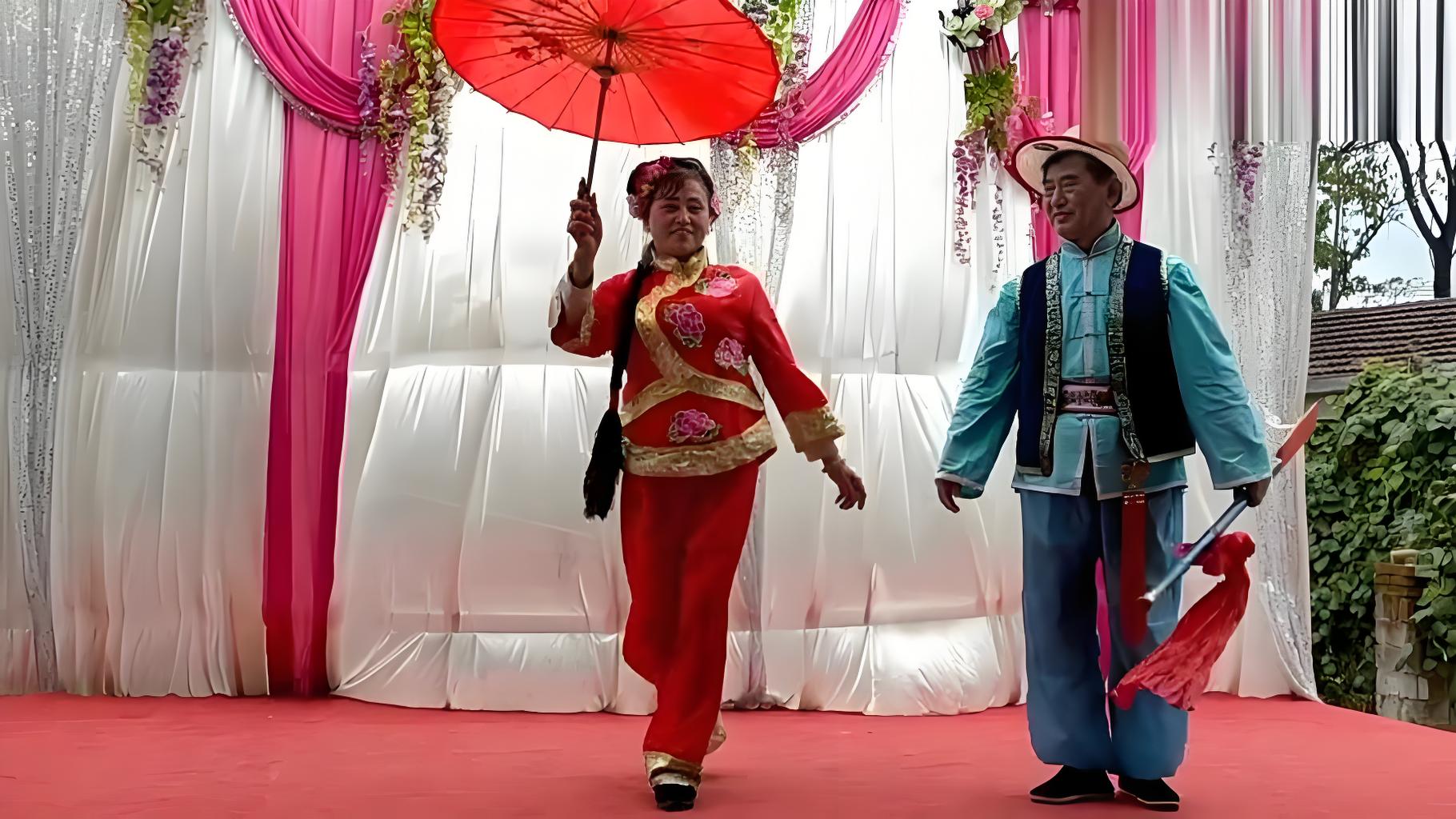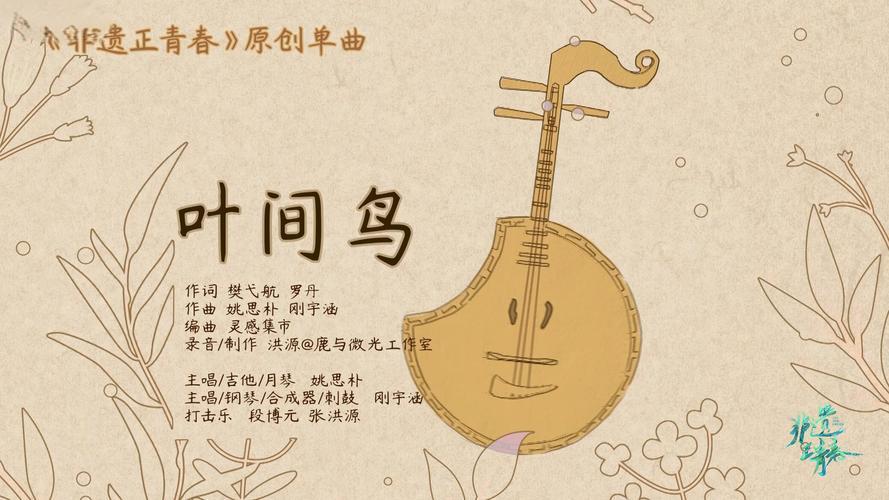Overview of Folk Music
Chinese folk music is an essential part of Chinese cultural heritage, originating from and rooted in daily life, carrying the cultural characteristics and spiritual essence of various regions and ethnicities. From mountains and fields to towns and markets, from festival ceremonies to daily life, folk music nourishes Chinese culture with its unique charm.

Music Categories

Mountain Songs
An artistic form of free singing by working people in the mountains, known for its improvisation and freedom of expression.

Folk Tunes
Short, concise songs popular among people, often describing daily life and emotions.

Narrative Music
Performance style combining speaking and singing, including various regional storytelling arts.
Regional Characteristics
Northern Style
- Bold and vigorous melodies
- Primarily pentatonic scale
- Strong and lively rhythms
Southern Style
- Delicate and graceful melodies
- Varied scale applications
- Flexible rhythm changes
Western Style
- Unique ethnic modes
- Grassland nomadic cultural features
- Religious music elements
Ethnic Minority Style
- Multicultural integration
- Distinctive musical language
- Rich instrumental usage
Folk Instruments

Dizi
A bamboo flute with bright tone and rich expressiveness.

Erhu
A bowed string instrument known as the "Chinese violin" with a plaintive and touching tone.

Yangqin
A hammered dulcimer with bright tone and rich layered sound.